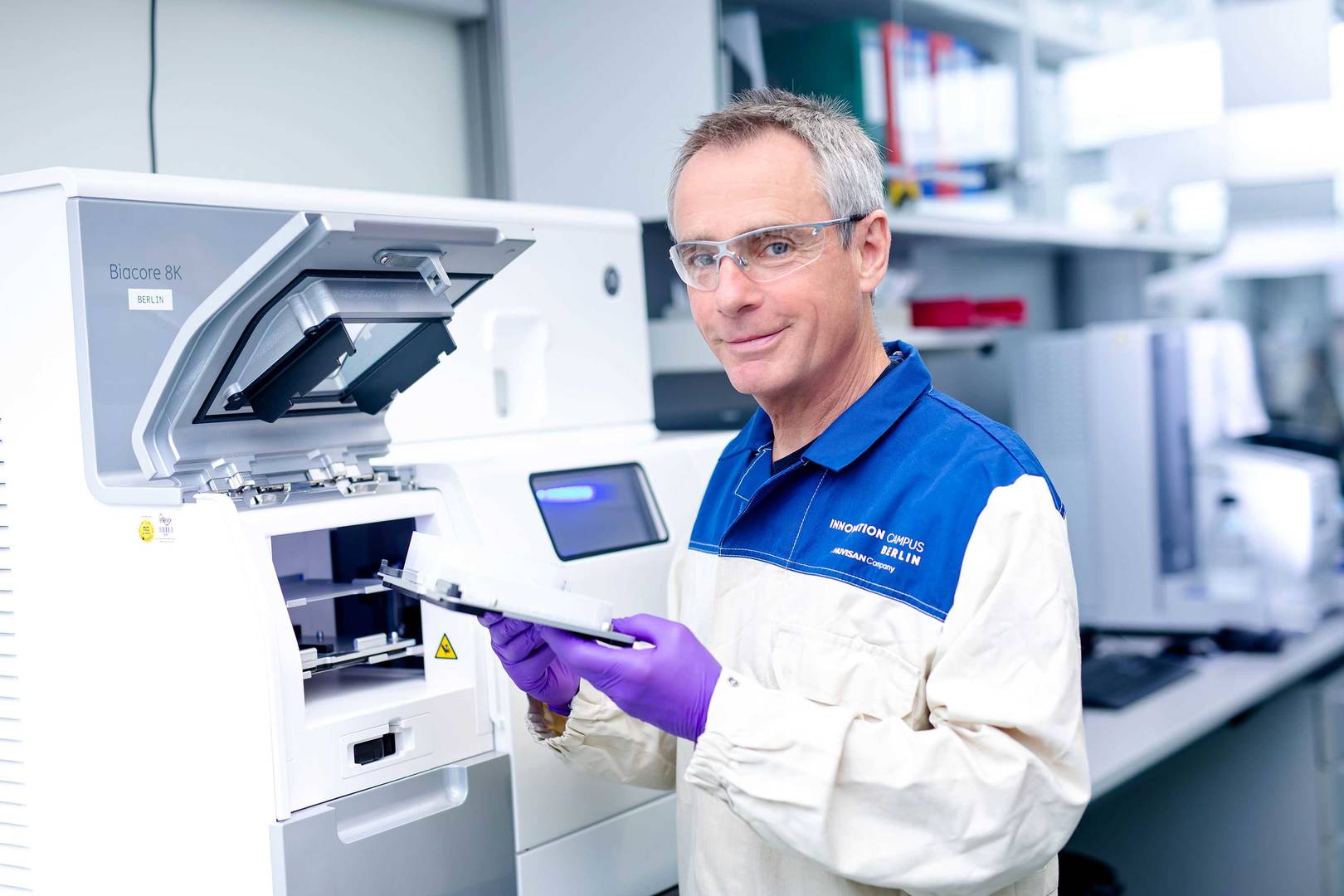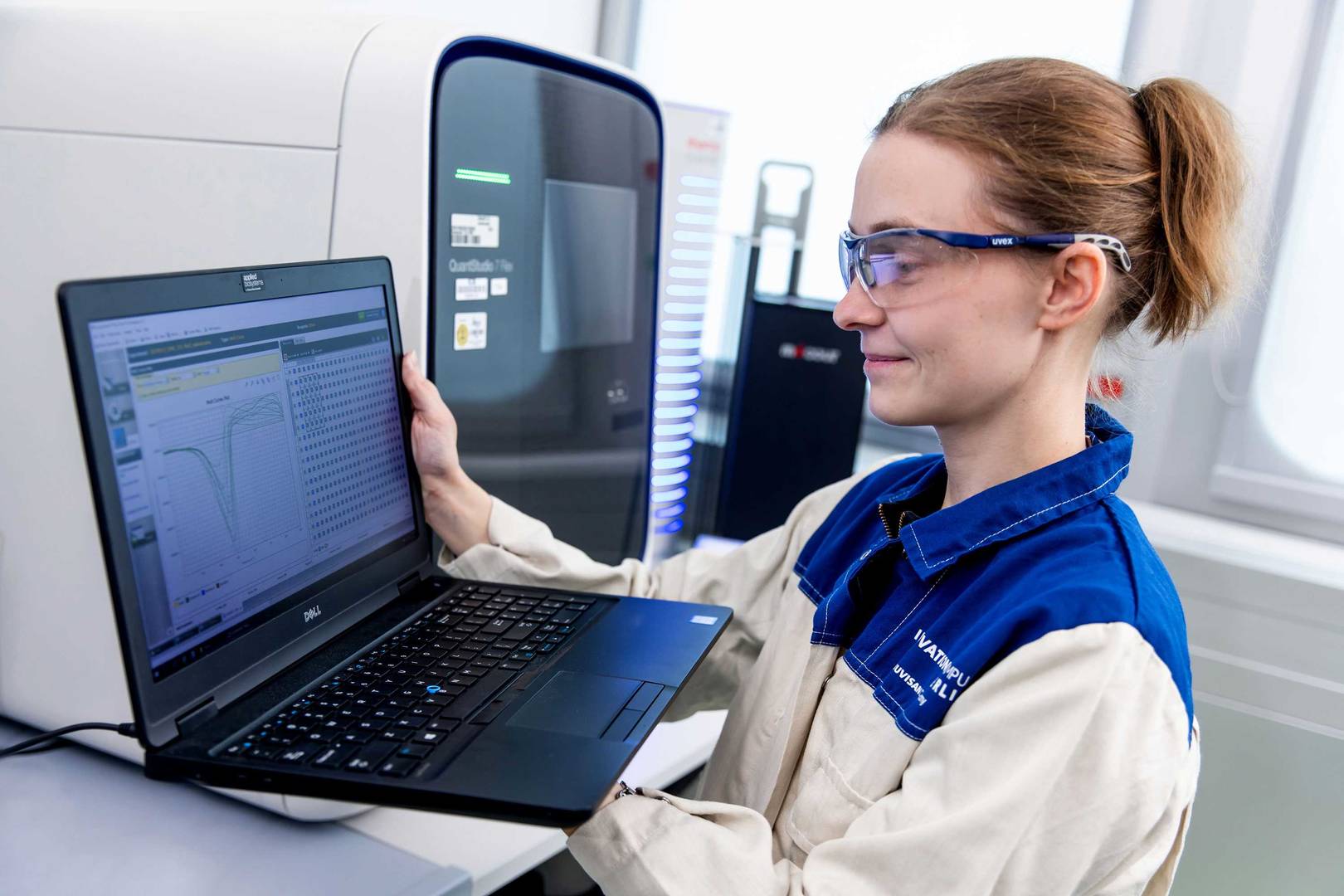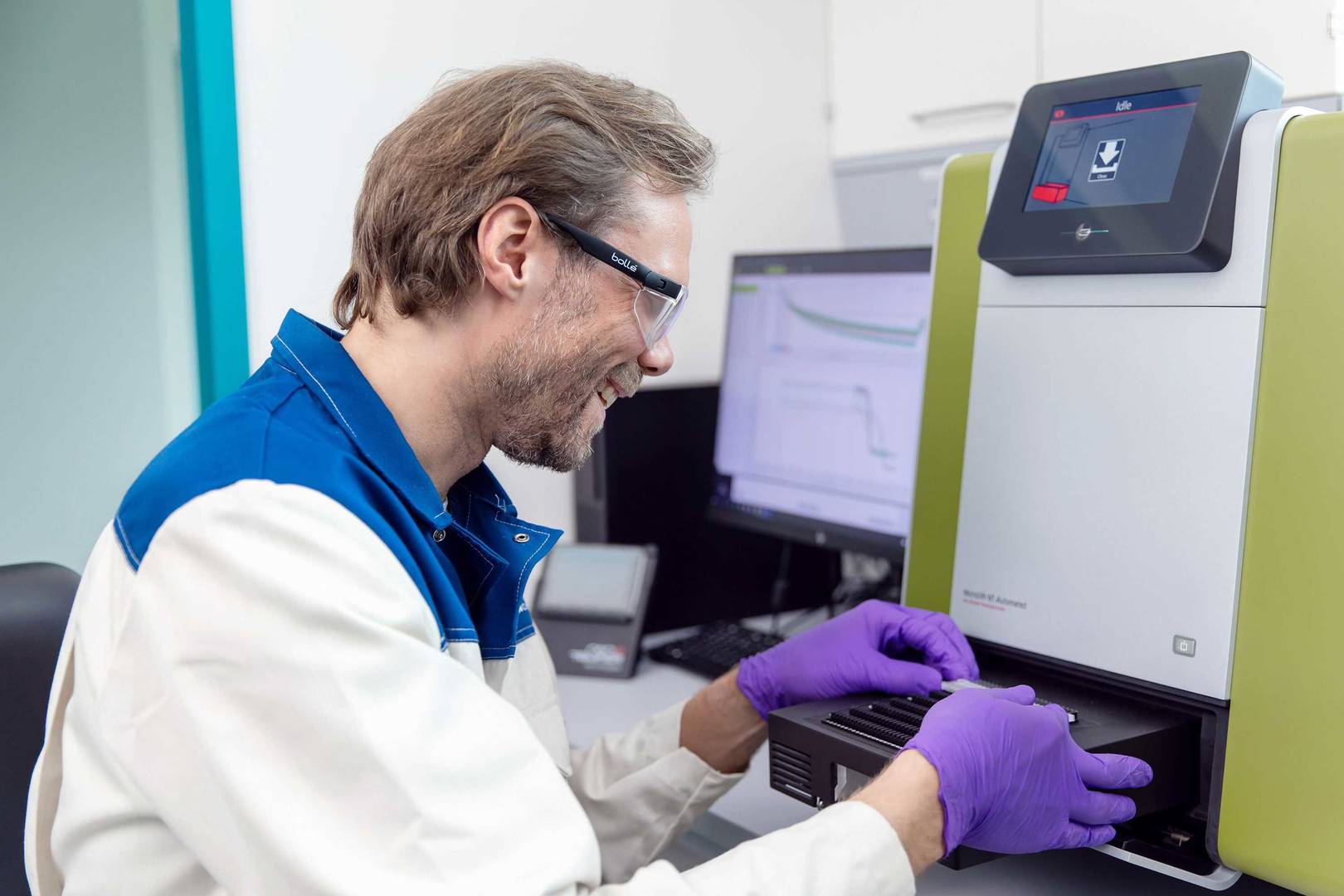Isothermal titration calorimetry (ITC) provides precise ligand-binding affinities and thermodynamic insights, with personalised support from our biophysics team for your experiments. ITC is considered the gold standard for measuring ligand-binding affinities in solution without labels. Beyond binding affinities, ITC reveals crucial thermodynamic parameters, including enthalpy (ΔH) and entropy (ΔS), offering insights into molecular binding from a single experiment. Our biophysics team supports you in designing and performing ITC experiments tailored to your individual needs.


Nuvisan's surface plasmon resonance (SPR) services deliver real-time analysis of biomolecular interactions.
learn more
Explore how our DSF/TSA and NanoDSF solutions can shed light on the thermal stability of your biomolecules.
learn more
We perform MST experiments to support our clients with the analysis of interactions between biomolecules.
learn more